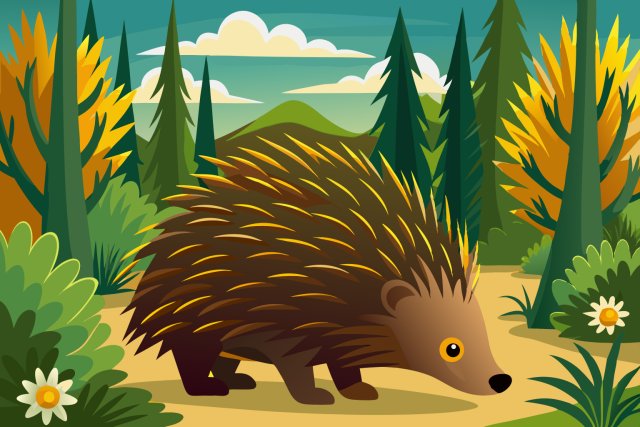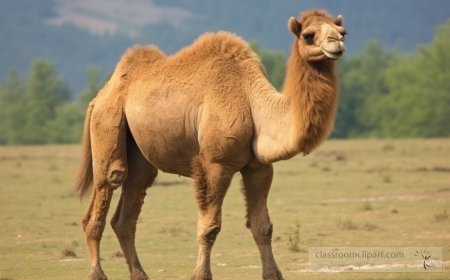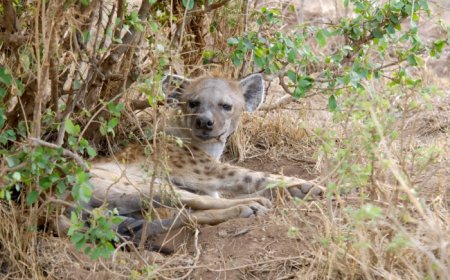Porcupine

Porcupine
Common Name:
Porcupine
Scientific Name:
There are many species, but a common one is Erethizon dorsatum (North American porcupine).
Distinctive Feature:
Covered in sharp quills used for protection.
Introduction
Porcupines are unique, slow-moving mammals known for their coats of sharp, needle-like quills. These quills are actually modified hairs, and they serve as the animal’s main defense against predators. Found in many parts of the world, including North and South America, Europe, Africa, and Asia, porcupines come in two main groups: Old World porcupines and New World porcupines. Despite their spiny appearance, porcupines are mostly gentle herbivores that prefer to avoid confrontation.
Physical Description
Porcupines are medium-sized rodents. Depending on the species, they can weigh between 2.5 to 16 kg (5.5 to 35 pounds) and measure 60 to 90 cm (24 to 35 inches) in body length, not including their tail, which adds another 20 to 25 cm (8 to 10 inches). Their most recognizable feature is their quills. A porcupine may have up to 30,000 quills on its body!
These quills vary in length and color depending on the species. Some are short and barbed, while others are long and hollow. When threatened, a porcupine raises and rattles its quills as a warning. The quills are loosely attached and can easily stick into predators, causing pain and injury. Despite popular myths, porcupines cannot shoot their quills.
Their bodies are stocky and rounded, with small eyes and ears. Many porcupines have strong, curved claws for climbing, especially the New World species that live in trees. Their fur underneath the quills is soft and dense.
Habitat and Distribution
Porcupines live in a variety of habitats, depending on their species. Old World porcupines are mostly found in Europe, Africa, and Asia and are terrestrial, living on the ground in forests, grasslands, deserts, and rocky hills. The African crested porcupine, for example, lives in savannas and scrublands.
New World porcupines, including the North American porcupine, are excellent climbers and spend much of their time in trees. These porcupines live in forests throughout North, Central, and South America.
They often live in dens made from hollow trees, caves, or rock crevices. In colder regions, porcupines do not hibernate but stay in sheltered dens during the coldest months.
Diet and Hunting Behavior
Porcupines are herbivores, which means they eat only plants. Their diet includes leaves, twigs, bark, fruits, and other vegetation. In the winter, they may chew on tree bark or evergreen needles to survive.
They have strong, ever-growing front teeth (incisors) that help them chew tough plant materials. Porcupines are also known to chew on wood, bones, or tools to get minerals like salt.
They usually forage at night (nocturnal), and their excellent sense of smell helps them locate food. Tree-dwelling porcupines often climb to reach tender buds and fruit high in the canopy.
Reproduction and Lifecycle
Porcupines generally live alone, but they come together during the breeding season. Mating varies by species but usually happens once a year. For North American porcupines, mating occurs in the fall, and after a gestation period of about 7 months, a single baby (called a "porcupette") is born.
At birth, the baby porcupine has soft quills that harden within a few hours. The young can walk shortly after being born and begin eating solid food within a few days, though they continue nursing for several weeks.
Porcupines reach maturity at around 1 to 2 years old and can live up to 15 years in the wild, and even longer in captivity.
Behavior and Social Structure
Most porcupines are solitary, especially outside the breeding season. However, some species may den in small groups during cold weather. Their daily life includes foraging, resting, and self-grooming.
Porcupines communicate through sounds like grunts, whines, and screams. During mating season, they become more vocal. They may also make chattering noises with their teeth when angry or scared.
Arboreal (tree-living) porcupines are agile climbers. Ground-dwelling species may dig burrows or use abandoned ones. They move slowly and rely on their quills for protection rather than speed or hiding.
Conservation Status
Most porcupine species are not endangered and are listed as Least Concern by the International Union for Conservation of Nature (IUCN). However, some species in Southeast Asia and Africa are threatened due to habitat loss and hunting.
In some regions, porcupines are hunted for their meat or quills. They are also sometimes killed by farmers who see them as pests for chewing on wooden structures or crops.
Cultural Significance
In many cultures, porcupine quills are used for decoration, jewelry, and traditional crafts. Indigenous peoples of North America, such as the Lakota and Ojibwa, have long used porcupine quills in beautiful embroidery.
Porcupines also appear in folklore and stories as symbols of defense, caution, and hidden strength. In some African myths, they are considered wise animals that teach others lessons.
Interesting Facts
- Porcupines can’t shoot their quills, but they can embed them into predators by swinging their tail.
- Quills have microscopic barbs that make them very hard to remove once stuck.
- Some porcupines have antibiotic properties in their skin to protect against quill injuries.
- Porcupines have orange-colored teeth because of iron in their enamel, making them extra strong.
- Porcupettes are born with soft quills that harden within hours—ready for protection!
References
- National Geographic – Porcupines
- San Diego Zoo Wildlife Alliance – Porcupine Facts
- IUCN Red List of Threatened Species
- BBC Nature – Porcupines
- Smithsonian's National Zoo – North American Porcupine




















































